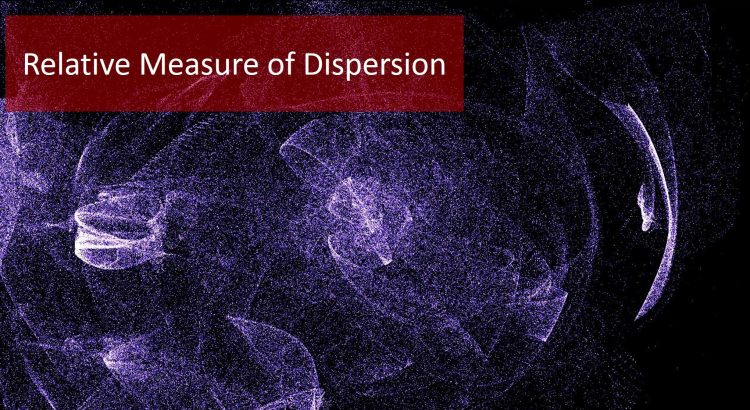Statistics. While others might stifle a yawn at the mere word, Six Sigma practitioners who have passed the Lean Six Sigma Green Belt course knows that without statistics, no Six Sigma project will succeed. Statistics is simply part of the data-driven Six Sigma approach. At the Six Sigma Green Belt level, we need to have […]
Tag: six sigma statistics

Understanding Discrete Probability Distribution
In the data-driven Six Sigma approach, it is important to understand the concept of probability distributions. Probability distributions tell us how likely an event is bound to occur. Different types of data will have different types of distributions. Why do we need to know this? Well, in the Lean Six Sigma Course we learn that […]

How to Calculate Probability Using the Poisson Distribution?
Lean Six Sigma Green Belt course graduates deal with two types of data during the Six Sigma Measure phase of their Six Sigma DMAIC projects: continuous data and discrete data. The Poisson distribution is a probability distribution for discrete data which takes on the values which are X = 0, 1, 2, 3 and so […]

Why the Binomial Distribution is Useful for Six Sigma Projects
The Lean Six Sigma approach is fundamentally data-driven. It relies heavily on statistics to solve real-world problems, especially in the Measure phase and Analyze phases of the DMAIC process. One of the problems that practitioners who have successfully completed Lean Six Sigma Green Belt training face, is determining the probability of defectives resulting from a process. […]

4 Types of Relative Measures of Dispersion for Six Sigma
The Six Sigma approach is data-driven. Therefore, Six Sigma practitioners who have got the Lean Six Sigma training or another Lean Six Sigma Green Belt course will know that Six Sigma teams are confronted with many different types of data in different units of measure. Relative measures of dispersion are measures of the variance of […]
